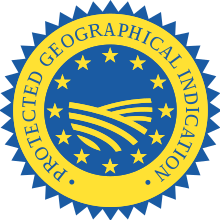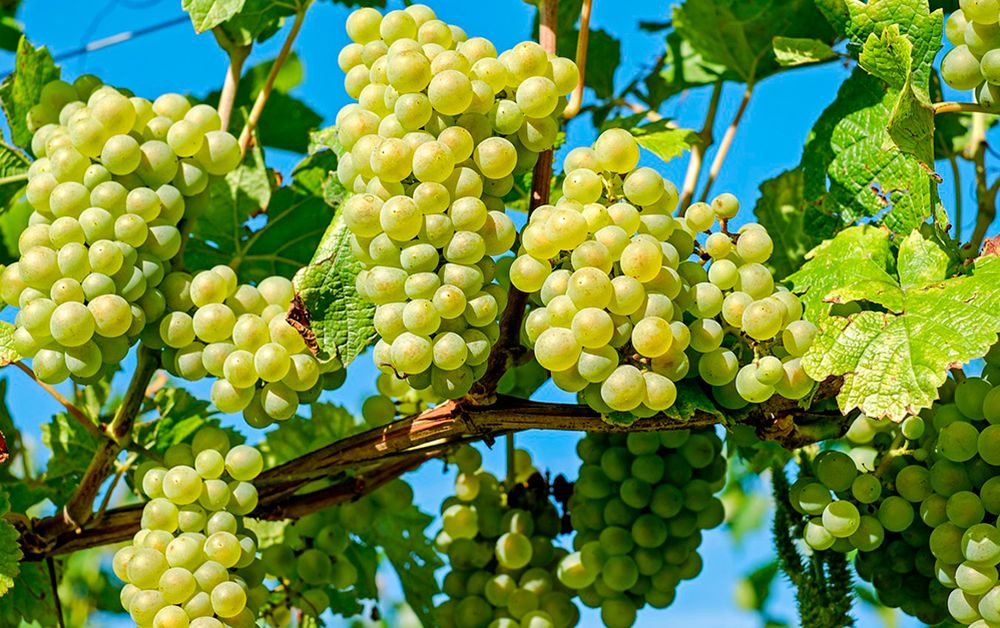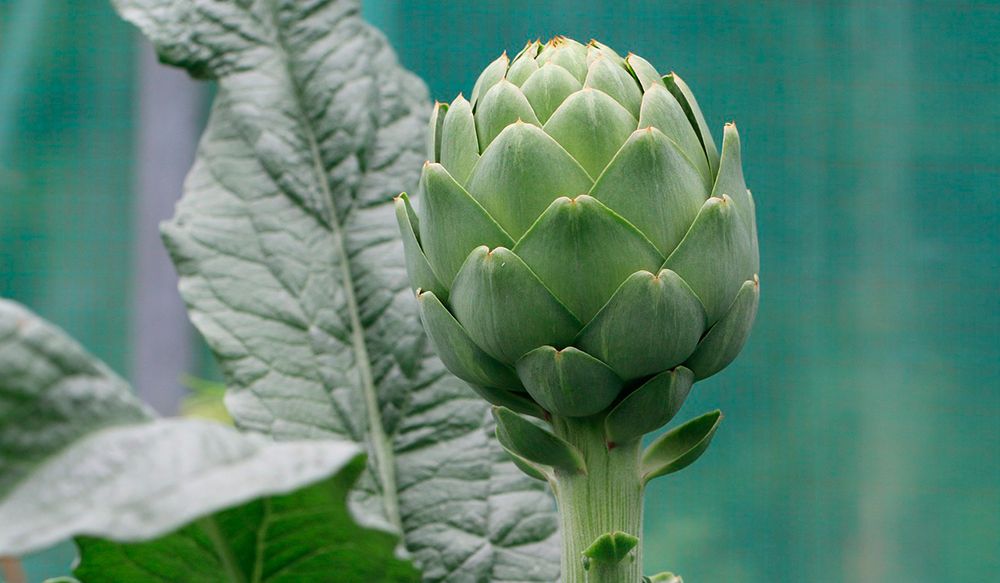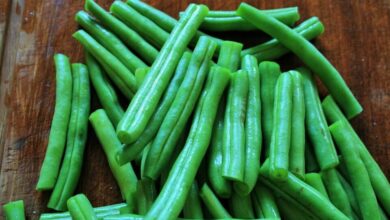Protected Designations of Origin and Geographical Indications

More and more consumers appreciate the quality of agricultural products.
One way to identify this quality is through differentiated quality seals such as Protected Designations of Origin (PDO) and Protected Geographical Indications (PGI) in food products. In addition to identifying them as products originating from a specific geographical area, they also guarantee that they meet quality requirements that are superior to the rest.
The products identified as Denominations of Origin or Protected Geographical Indications are subject to control and certification by the different organizations, for which they acquire transparency in the information and marketing of these products, granting the consumer the quality guarantee of said product. for consume.
What are PDOs and PGIs?
The PDO and IGP are product identifiers with an official designation assigned as a guarantee of their origin and quality.
The Denomination of Origin also called Protected Designation of Origin PDO, like the agri-food products designated IGP Protected Geographical Indication, have a distinctive geographical sign used to give them uniqueness, since they owe their exclusive or main quality to the place where that are produced and elaborated, also granting it a higher value in the market.

What are PDOs and PGIs used for?
The PDO and IGP serve to guarantee and control both the origin and the quality of the products, protecting them from imitation, evocation or usurpation of a certain brand.
They are worthy of this distinction for adding value both to the product itself, as well as to the territory and method of preparation, production and distribution, highlighting the influence of the human factor that participates in the entire process.
These denominations also guarantee the origin and the raw material at all times in order to certify that the quality of the commercial product itself is superior to the rest.

What differentiates a PDO from an IGP?
The difference between a PDO and a PGI is that the Protected Designation of Origin bears the name of a certain region that designates the food or agricultural product of said origin, this geographical area is what gives it a specific value and quality throughout the chain of production, transformation and elaboration that must take place in the same area.
On the other hand, a Protected Geographical Indication or Specific Denomination, also bears the name of a region to attribute said geographical origin to the product, but with the difference that some of the processes of the production chain can be carried out in another place other than the local one, thus respecting the link with the geographical region.
The difference between the two does not make them better or worse than the other, but it should be noted that PDOs undergo more controls than PGIs, and the latter receive subsidies from the European Union to promote the product.
What requirements must a product meet to have a PDO or PGI designation?
Both PDOs and PGIs are regulated by community regulations, depending on the type of product. The product must conform to a specification that includes the following elements:
- Name
- Product description
- geographical delimitation
- Protection methods
- Elements linked to the geographical environment
- Watchdogs
- Labelled.
- Normative provisions
The Regulatory Council was created to manage the Denominations of Origin and ensure that the requirements to have this distinction are met, and it ranges from production to the marketing of the product itself.
These interprofessional organizations of agri-food producers maintain a rigorous and effective control system, both in terms of quantity and quality of protected products.
Some functions of the Regulatory Council:
- QA
- Product supervision and elaboration
- Authorization and control of varieties
- Promotion
- Labelled




